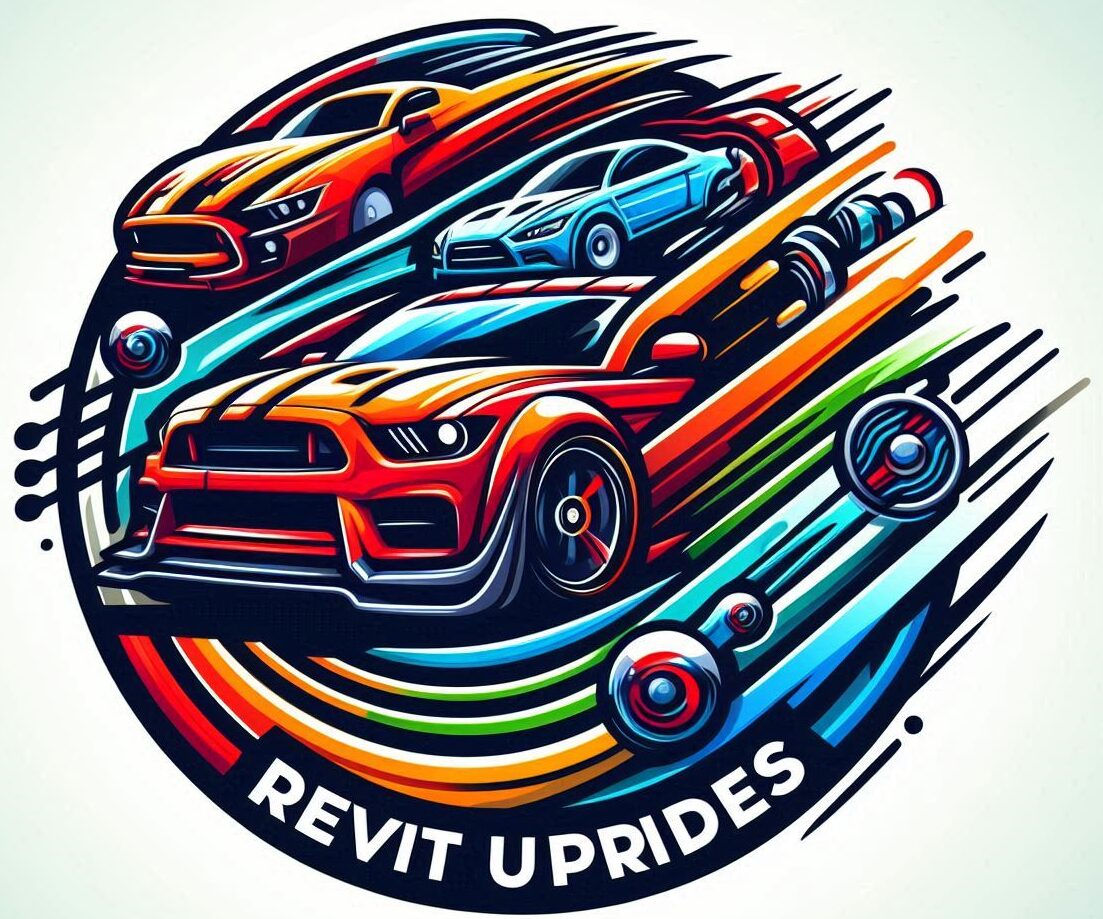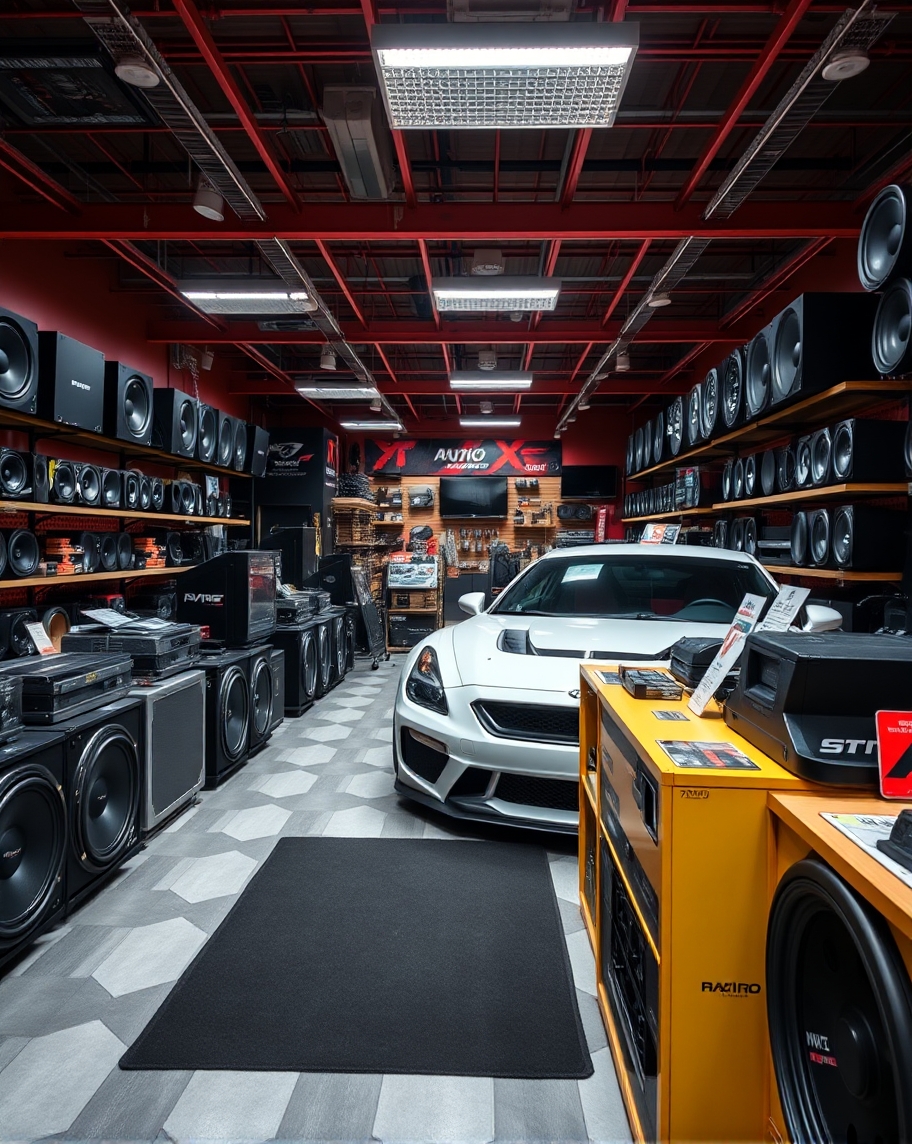Choosing the right dashcam can make or break your installation experience. It’s key to identify what features you need – think about video quality, GPS tracking, and parking mode. Research popular models and read reviews to figure out which dashcam suits your needs best.
Gathering the necessary tools and materials upfront saves a ton of time and frustration. You’ll need basic tools like a screwdriver and maybe some adhesive mounts, but having things like trim removal tools and zip ties can really help with a clean install. Making sure you have everything before starting prevents those mid-project runs to the store.
Understanding your vehicle’s layout and electrical system is crucial. Check your car’s manual for details on the fuse box location and the best way to route cables. Every car is a bit different, so knowing where things are can help you plan the installation better.
Safety is non-negotiable. Always disconnect the battery before you start messing with the car’s electrical system to avoid any shocks or short circuits. Work in a well-lit area and keep your tools organized to prevent any accidents.
Creating a step-by-step plan ensures you have a clear path to follow. Start by laying out all the components and thinking through each step. Write it down if needed – proceeding in an organized manner makes the whole process smoother and less stressful.
Step-by-Step Dashcam Installation Guide
Mounting the dashcam starts with picking the right spot on your windshield or rearview mirror area. Aim for a location where it won’t obstruct your view but can still capture a wide angle of the road. Clean the area thoroughly before using the adhesive mount or suction cup to ensure it sticks well.
Routing the power cable is the next challenge. Tuck the cable along the edge of the windshield and down the A-pillar. Use trim removal tools to hide the cable under the upholstery, keeping your interior neat. Utilize zip ties to secure any excess cable and prevent it from dangling.
Connecting to the vehicle’s power source usually involves using a cigarette lighter adapter or hardwiring to the fuse box. For a cleaner look, hardwiring is preferable. Identify an unused fuse slot that switches off when the car is off, use a fuse tap to connect your dashcam, and ground the connection properly.
If you’re installing a rear dashcam, the process is similar but involves running the cable through the vehicle to the back window. Be sure to secure the cable along the headliner and through side panels, aiming for as invisible a setup as possible. Rear installations can be tricky, so patience is key.
Testing the dashcam ensures all your hard work pays off. Power on the car and check the camera’s view. Adjust angles if necessary and make sure the recording starts as it should. Review the footage to ensure clear capture and correct any positioning issues.
Troubleshooting common installation issues can save you a lot of headache down the line. If your dashcam isn’t powering on, double-check all connections and ensure the ground wire is secure. For issues with video quality, adjust the camera angle and settings. Don’t hesitate to consult your dashcam’s manual for specific solutions.
Maximizing the Benefits of Your Newly Installed Dashcam
Adjusting camera settings is key for getting the best performance out of your dashcam. Tweak the resolution, frame rate, and exposure settings based on your driving environment. High resolution might be necessary for city driving, while a lower resolution could work for highways to save storage space.
Regular maintenance and firmware updates keep your dashcam running smoothly. Check the manufacturer’s website periodically for firmware updates that might improve functionality or add features. Clean the lens regularly and ensure the mount is still secure.
Understanding local laws and regulations regarding dashcam usage is essential. Different areas have different rules about where you can place a dashcam and how the footage can be used. Make sure you’re compliant to avoid any legal issues.
For high-quality recordings, use a high-capacity, high-speed SD card. Regularly format the card to prevent errors and data corruption. Adjust the angle to capture both the road and any pertinent details like license plates.
Using dashcam footage for insurance and legal purposes can save you a lot of hassle. If you get into an accident, the footage can act as an impartial witness. Make sure to keep important clips backed up on a separate device or cloud storage.
Sharing your dashcam experiences and learnings with others can benefit the wider community. Post reviews, join forums, and offer advice – your experiences can help others avoid mistakes and get the most out of their dashcams.



